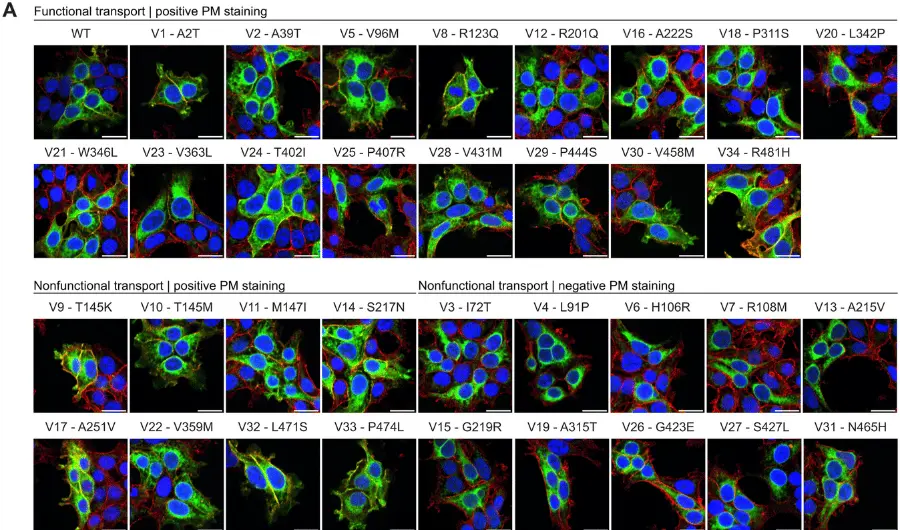Affordability, availability and tolerability of anti-seizure medications are better predictors of adherence than beliefs: Changing paradigms from a low resource setting
November 25, 2020
Abstract, originally published in Seizure
Objectives: Anti-seizure medication (ASM) non-adherence contributes to treatment gap and increases mortality and morbidity associated with epilepsy. Beliefs about medications are considered better predictors of ASM non-adherence than clinico-demographic factors. We aimed to look into ASM non-adherence rates among adults with epilepsy (AWE), identify the contributing barriers and determine whether medication beliefs were more powerful predictors than clinico-demographic factors.
Methods: This was a cross-sectional study of AWE receiving ASMs. Participants (n = 304) were assessed by validated questionnaires, for non-adherence (8-item Morisky Medication Adherence Scale) and perceptions of ASMs (Beliefs about Medicines Questionnaire) along with clinico-demographic details.
Results: Our group with high literacy and low-income had a high non-adherence rate (55 %) despite having positive beliefs (Mean necessity-concern differential [NCD] = 2.86). Among the beliefs, ASM non-adherence was significantly associated with ASM-concern (t = 4.23, p < 0.001) and NCD (t = -4.11, p < 0.001). Stepwise multiple linear regression analysis showed that non-adherence was significantly associated with per-capita income (? -0.215, p < 0.001), ASM side effects (? 0.177, p = 0.001), high seizure frequency (? 0.167, p = 0.002), ASM availability (? -0.151, p = 0.004), ASM costs (? -0.134, p = 0.013 and NCD (? -0.184, p = 0.001). NCD accounted for 2.9 % of the variance in non-adherence whereas the other clinico-demographic variables together accounted for 14.6 %.
Conclusion: We describe a paradigm shift in adults with epilepsy with high non-adherence to anti-seizure medications, wherein clinico-demographic variables emerge as better predictors of non-adherence than beliefs. High literacy facilitates the perception of need for anti-seizure medications whereas costs and side effects hamper adherence.







